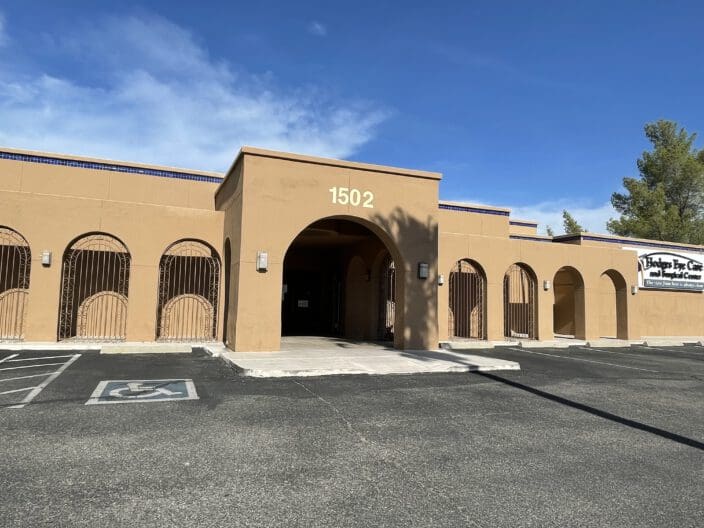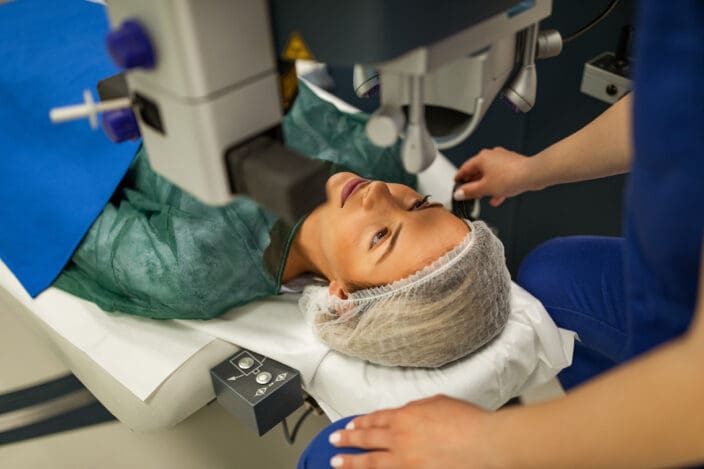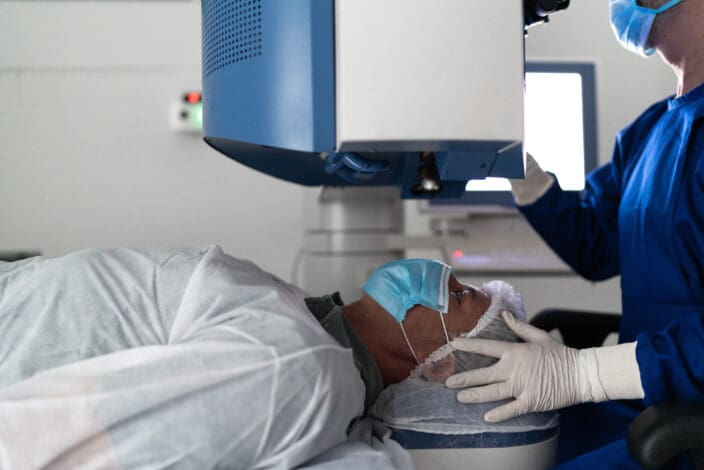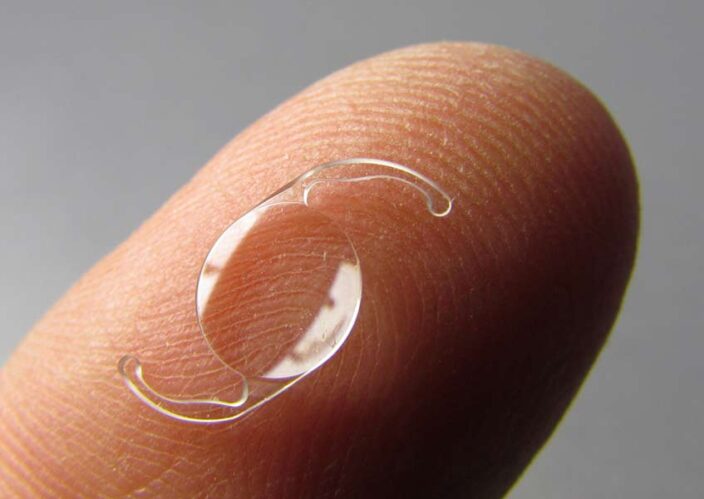
Arizona Locations
Tucson LASIK Eye Surgery
Top-Rated LASIK & Cataract Surgery in Tucson, AZ
At NVISION Eye Centers in Tucson, we are dedicated to providing life-changing vision correction through advanced LASIK eye surgery and state-of-the-art cataract treatment. Our expert team of board-certified ophthalmologists and highly trained clinicians deliver personalized, patient-centered care, ensuring that every procedure is tailored to your unique vision needs.
We know that choosing vision correction surgery is a major decision, which is why we prioritize exceptional patient experiences, cutting-edge technology, and outstanding surgical outcomes. Whether you’re interested in LASIK surgery for freedom from glasses or need cataract surgery to restore your clarity, our Tucson team is here to help you see the world more clearly.
Why Choose NVISION for LASIK & Cataract Surgery in Tucson?
- Top LASIK and cataract surgeons with years of experience
- More than 2 million successful vision correction procedures performed
- The most advanced laser and diagnostic technology for precise, customized treatments
- Flexible financing options, including $0 down and affordable monthly payments*
- Free LASIK consultations to determine your candidacy
- Use your FSA/HSA balance for LASIK before it expires in December
At NVISION, we are committed to providing world-class eye care and a lifetime of exceptional vision. If you’re considering LASIK eye surgery or need cataract surgery with premium lens options, our Tucson team is here to guide you every step of the way.
Schedule your FREE LASIK consultation today and take the first step toward better vision!
*Subject to credit approval. Minimum monthly payments required. See provider for details.
Locations in Tucson


Vision Correction Procedures in Tucson
Today's life-changing procedures make it possible to improve your vision to 20/20—or better.
LASIK Eye Surgery
LASIK eye surgery is a safe, highly effective solution to correct vision and eliminate the need for glasses or contacts. At NVISION, our expert surgeons use state-of-the-art technology and advanced techniques to deliver exceptional results and have you back to your routine quickly.

Cataract Surgery
Cloudy vision holding you back? Our advanced cataract surgery, featuring laser-assisted technology and lifestyle lenses, can restore your sight and help you enjoy life’s moments clearly again.

Refractive Lens Exchange (RLE)
Refractive Lens Exchange (RLE) replaces your eye’s natural lens with a clear, artificial one—improving your vision and reducing your dependence on glasses or contacts.
Sometimes called Custom Lens Exchange (or CLE), RLE is popular option for adults over 40 who want to correct nearsightedness, farsightedness, or astigmatism—and it’s a smart, preventative solution before cataracts ever develop.

Other Procedures
PRK Surgery (Photorefractive Keratectomy)
What is PRK Surgery?
PRK Surgery (Photorefractive Keratectomy) is a type of laser eye surgery that is used to correct refractive errors such as nearsightedness (myopia), farsightedness (hyperopia), and astigmatism. PRK is an alternative to LASIK eye surgery and is particularly suitable for individuals who may not be candidates for LASIK due to certain corneal characteristics.
Overview of the PRK surgery process:
- Corneal Epithelium Removal:
- In PRK, the surgeon begins by removing the thin outer layer of the cornea called the epithelium. This can be done using an alcohol solution, a special brush, or a laser.
- Laser Reshaping of the Cornea:
- Once the epithelium is removed, a laser is used to precisely reshape the cornea. The laser ablates or removes microscopic amounts of corneal tissue based on the patient’s refractive error. The goal is to correct the curvature of the cornea and improve the focus of light on the retina.
- Healing Process:
- Unlike LASIK, where a corneal flap is created, PRK does not involve creating a flap. Instead, the corneal surface is allowed to regenerate naturally. The healing process involves the growth of new epithelial cells over the treated area.
- Post-operative Care:
- Following PRK surgery, patients are given medicated eye drops to aid in the healing process and prevent infection. Recovery may take a bit longer compared to LASIK, and patients may experience temporary discomfort during the initial days.
Key considerations for PRK surgery include:
- Corneal Thickness: PRK may be a suitable option for individuals with thinner corneas who may not be ideal candidates for LASIK.
- Occupational Considerations: PRK may be recommended for individuals with occupations or lifestyles that carry a risk of corneal injury, as it eliminates the creation of a corneal flap.
- Healing Time: The initial visual recovery may take longer with PRK compared to LASIK. Patients typically experience optimal vision several weeks after the procedure.
PRK is a well-established and effective procedure for vision correction, and its suitability depends on individual factors. It’s important to consult with an experienced refractive surgeon or eye care professional to determine the most appropriate laser eye surgery option based on your eye health and lifestyle.
Lifestyle Lenses
Lifestyle lenses are a premium lens option that offers a more functional range of vision, and are designed to reduce the need for distance and reading glasses.
We offer the latest and most advanced lifestyle lens on the market.
Pterygium Surgery
Pterygium surgery is performed under topical anesthesia on an outpatient basis.
Laser Blepharoplasty
Laser blepharoplasty eye surgery, also known as laser eyelid surgery, is a surgical procedure to rejuvenate eyelid tissues (skin, muscle, or fat). Blepharoplasty is performed for both cosmetic and vision correction purposes. NVISION has an eye clinic to help address your needs – Book a consultation today.
Glaucoma Surgery
Glaucoma eye surgery involves using a microscopic stent to drain fluid that could harm the optic nerve.
This procedure is minimally invasive.
Hurry, Offer Ends Soon
Book now for $1,000 off LASIK* + Enjoy Easy and Fast LASIK Financing**